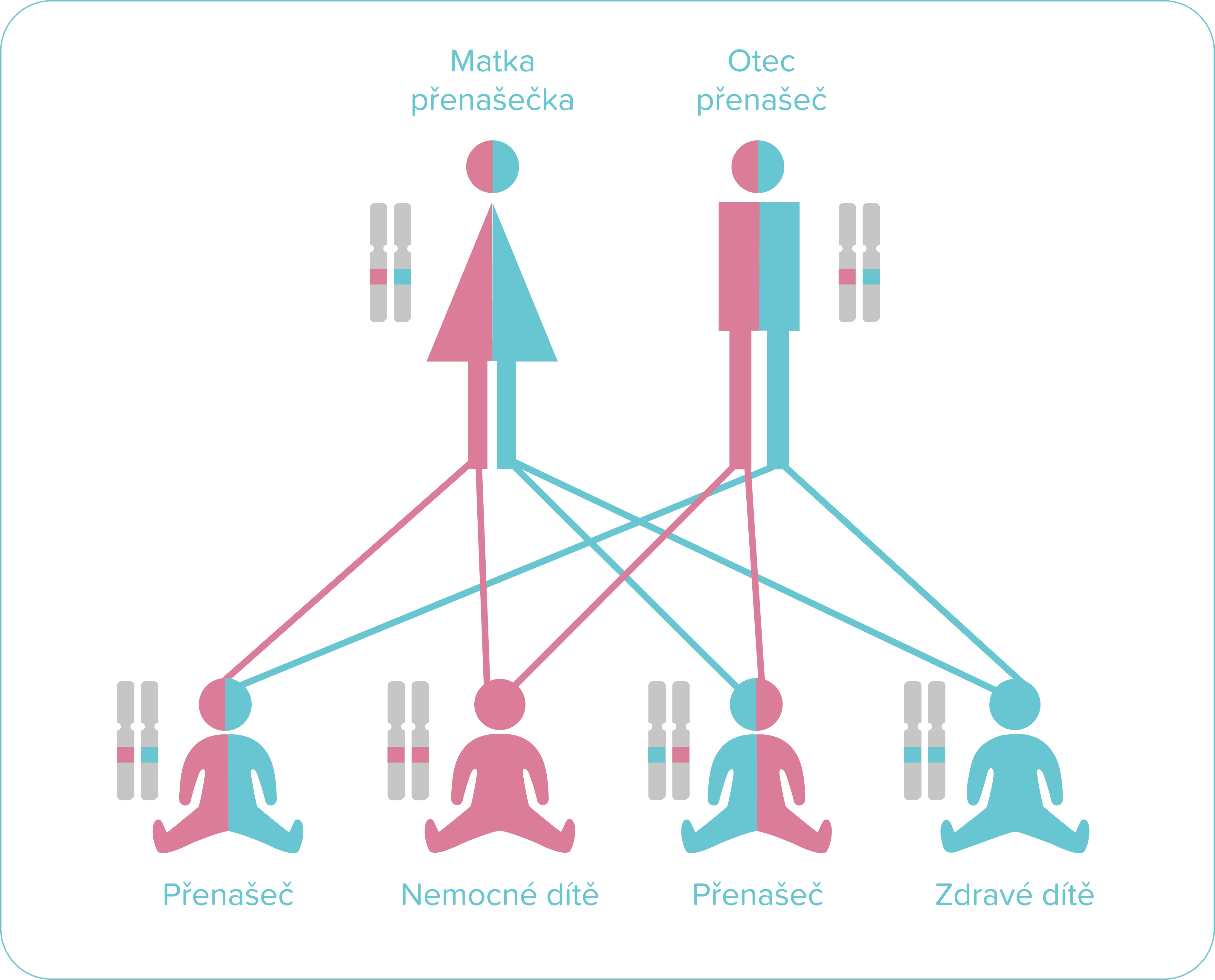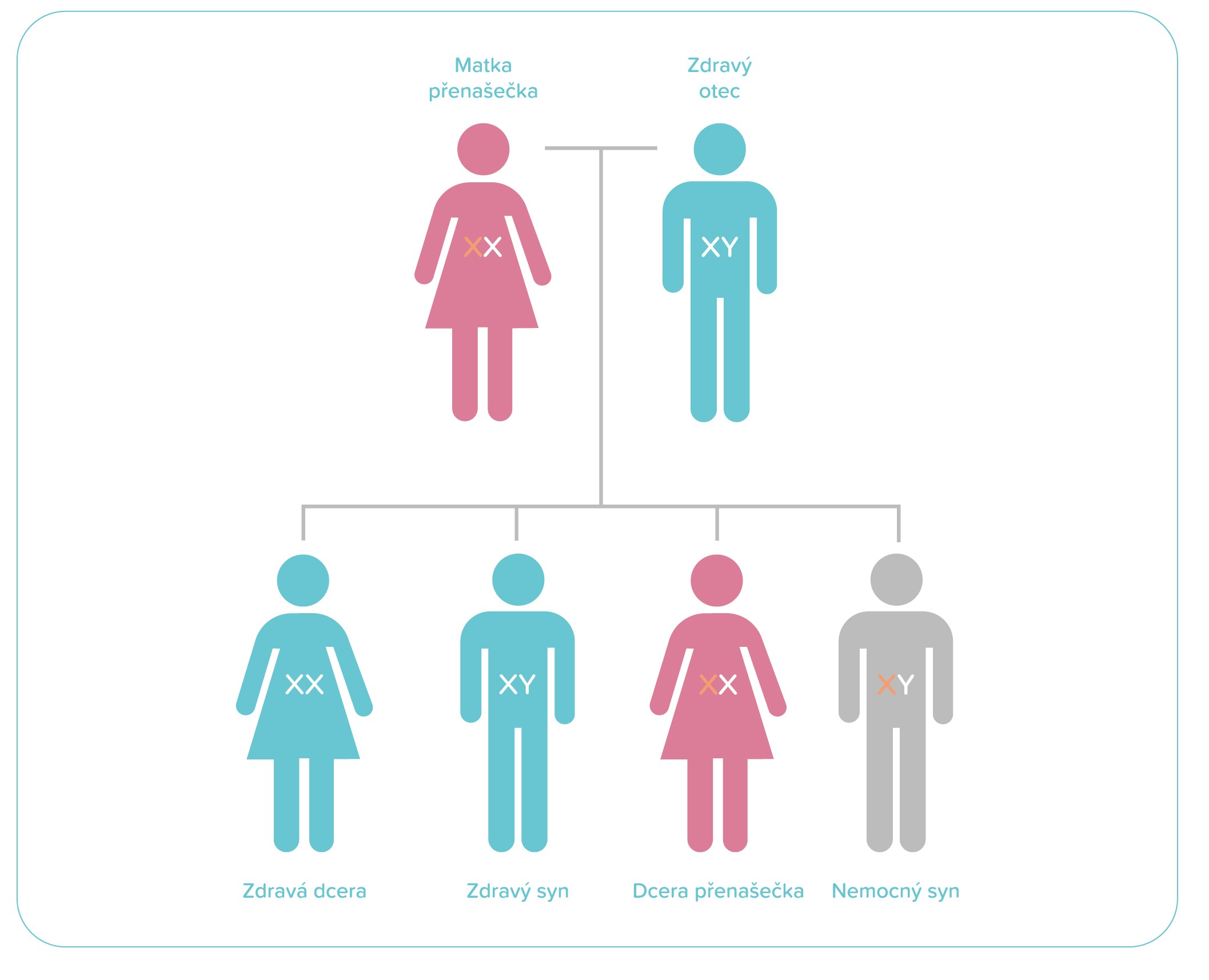Examination during pregnancy – prenatal diagnosis
Screening for congenital malformations of the foetus is a simple and affordable examination with the aim to find women at risk of having a foetus with a serious defect. Screening examinations during pregnancy are performed in the following steps:
During the first visit to the prenatal clinic, the mother is informed about the possibility of screening for birth defects. Ultrasound is used to determine the duration of pregnancy. The risk of some genetic defects in offspring increases with increasing age. The risk increases in women over 35 and in men over 45. High-risk couples should consult a medical geneticist who will discuss the most appropriate follow-up procedure.
First part of the screening for birth defects
1) In week 10-11, maternal blood is collected for testing of pregnancy-associated plasma protein A (PAPP-A) and the free beta subunit of chorionic gonatropin (FB-hCG) levels.
2) In week 12-13, ultrasound is used to measure nuchal translucency (NT) and the presence of the nasal bone (NB) of the foetus. If necessary, further ultrasound signs of the foetus are examined (e.g. flows in the vessels of the mother and the foetus).
The risks of congenital defect in the foetus are determined based on the combination of results from blood sampling and ultrasound examination. Women at high and medium risk are consulted by a clinical geneticist.
Second part of screening for birth defects
1) In week 14-17, maternal blood is collected, if the screening in the first part was negative. Alpha-fetoprotein (AFP), chorionic gonadrotropin (total hCG), unconjugated estriol (uE3) are examined.
Subsequently, the risks of congenital malformation are calculated using the values from the first and second part of the screening. At the same time, the ultrasound examination is also used (so-called integration). Women at high and medium risk are consulted by a clinical geneticist.
2) In week 20-22, ultrasound screening of foetal morphology with examination of foetal heart continues.</p>
If the risk of foetal birth defects is found during pregnancy, we offer:
Invasive examination options
- collection of chorionic villi, collection of amniotic fluid
Chorionic villi or amniotic fluid samples are used for QF-PCR of the most common aneuploidies (defects in the number of chromosomes 13, 18, 21, X, Y). The results are available in 48 hours. Furthermore, examination of foetal chromosomes by the array method is performed, providing the results 2-3 weeks after the collection.
Non-invasive examination options
Non-invasive tests to detect the most common aneuploidies (defects 13, 18, 21, X and Y) based on the analysis of free DNA from the mother's blood.


























